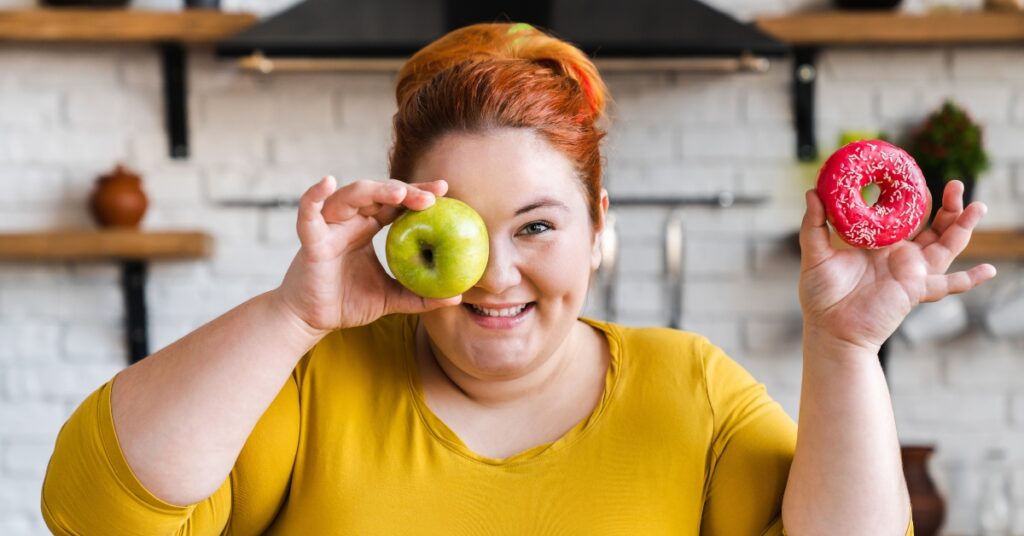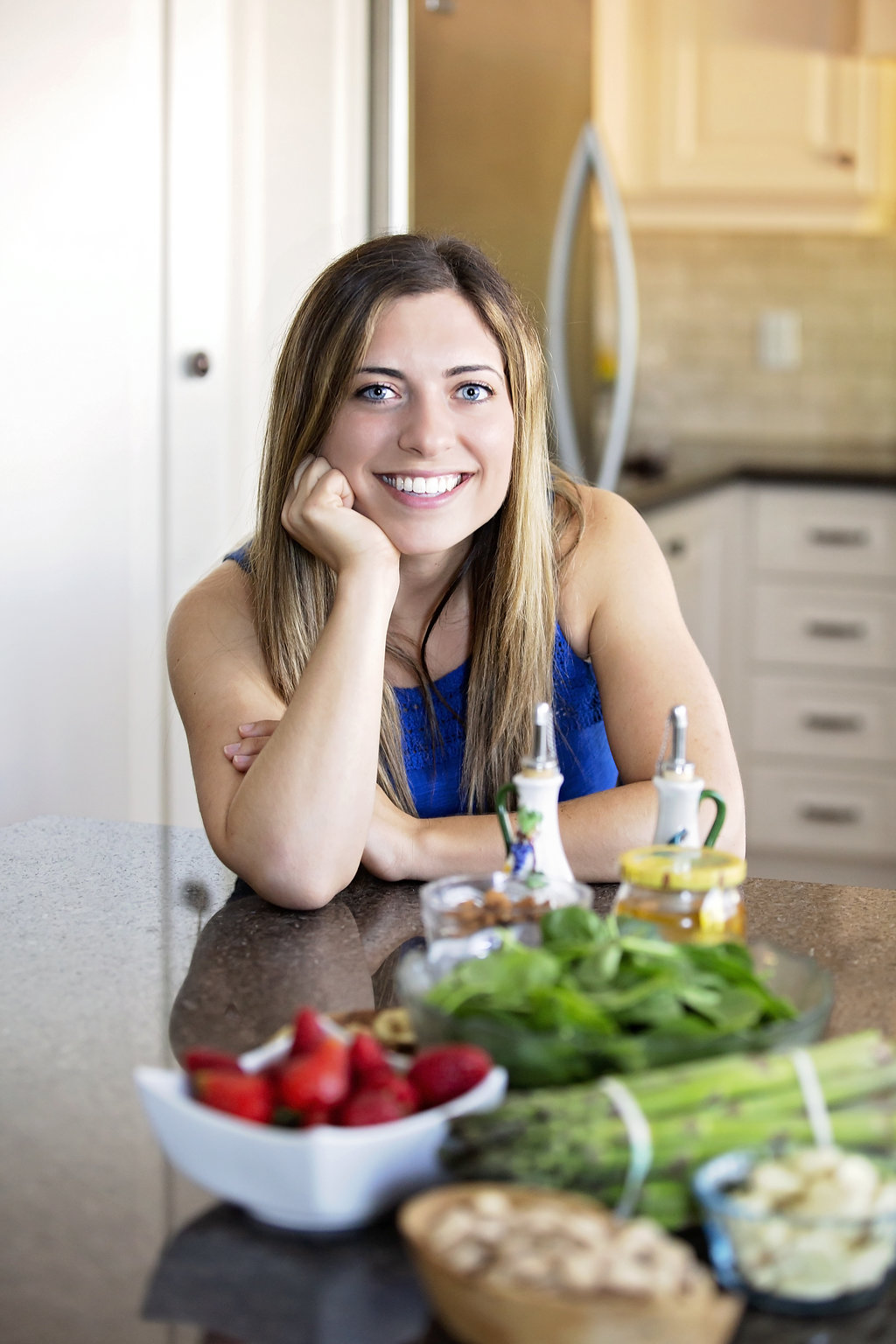5 Ways To Help Clients Move Toward Healthier Eating Habits

The sum of your habits is your lifestyle. As fitness professionals, we often encourage healthy lifestyles, yet behaviour change and creating a healthy lifestyle can be challenging. If we break down what a healthy lifestyle looks like, it will be different from person to person, however it is essentially a sum of their habits. Healthy habits that support their health and well-being. In this blog post, I am going to be sharing five tips and ideas to help you support your clients in creating healthy habits that lead to healthy living.
- Start by adding IN healthy habits.
One of the best things you do to help build rapport, trust, and get someone started on healthier living is adding in healthy habits (instead of removing or eliminating items). For example, someone might benefit from less sugar in their diet but if we focus on adding in more fruits and vegetables, they will be getting those extra nutrients in and, in turn, have less room/desire for sugar. Behaviour change is hard, we might as well support our clients in adding in more of the ‘good’ stuff instead of focusing on what to avoid.
- Drink more water.
It is so simple, and we have all heard this repeatedly, yet clients struggle with maintaining this behaviour. However, it is a behaviour that allows you to add more ‘good’ stuff in. One of my go-to suggestions is to add one to two cups of water to your day, starting first thing in the morning (before coffee, tea, etc.). It is a way to increase your overall intake and start your day off hydrated. Proper hydration levels increase energy levels, supports brain function, and helps to maximize fitness performance (even being mildly dehydrated will lead to earlier fatigue).
- Set up healthy habit cues.
We are often cued into behaviours; cues send a signal to the brain that initiates behaviour. We can use these cues to our advantage by setting up cues that support healthy practices. For example, you might have cues that remind you to drink water – carrying around a large refillable water bottle, setting phone reminders, leaving notes around your work area etc. All cues to help support your healthy habit of drinking more water. Alternately, you might have cues that support going for walks – leaving notes, having your walking clothes ready to go, running shoes in the front entrance, etc. We want to use cues and our environment in our favour, reminders to help us move more and eat healthier.
- Start by planning some of your meals (and I recommend starting with dinner).
For some it might be easier to start their day off making ‘healthier’ choices, but as the day wears on you and you become fatigued it is easy to grab some take out or order in instead of making yourself dinner. Having a plan ensures you have all the ingredients you need to make the meals you intended, and it takes away from the mental exhaustion associated with thinking about what you have and what you can make when you are already tired from your day.
Sit down with your clients and get brainstorming with them, when will they realistically be home and able to cook and what can they make.
- Aim to have protein at each meal.
Protein plays a significant role in repairing and making new cells. Protein is the building block of hair, nails, skin, bones, cartilage, and muscles. Protein also helps you feel full longer and supports optimal blood sugar control. Having protein with each meal can help your client feel fuller, reduce cravings, and support muscle recovery, repair, and growth.
Typically, the meal that is lacking in protein the most is breakfast.
Some high protein breakfast ideas include:
- Greek yogurt parfait
- Chia seed pudding
- High protein smoothie (with Greek yogurt, canned lentils, tofu, or protein powder mixed in)
- Nut/seed butters on a higher protein bread option
- Eggs (egg muffins, frittata, scrambled eggs, egg breakfast wrap, quiche, etc.)
- Protein oatmeal muffins
- Cottage cheese bowl
Small habits over time can lead to substantial change. Focus on the small daily habits first, they are what will make the largest impact.

